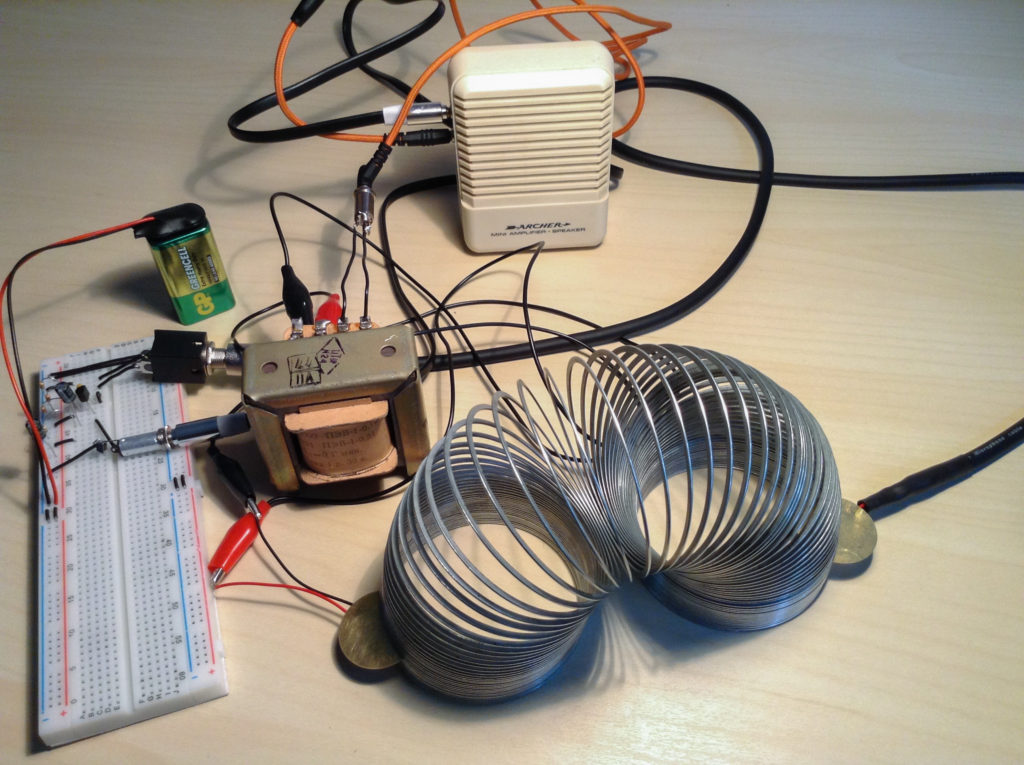Author: malina
Lasers, Lightsabers & Tomatoes
PIFcamp video DAY 1
Bio-fermented Mate Drinks
“Materva” has become a symbol of Cuban diaspora and nostalgia of pre-Castro Cuba, “Club Mate” is the preferred and signature drink of most post-Fordist alternative engineering cultures (a.k.a hackers), and “Nativa” became a known Coca-Cola market flop in Argentina. What unites those three drinks is the idea of carbonating the famous mate tea into energizing soda pops, or gasiosas de mate.
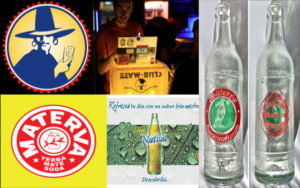 This project by Rosen Ivanov comes from his passion for ilex paraguariensis, or yerba mate, and its fascinating social history and traditional uses. After working on a soda-pop from yerba mate in the local Barcelona biohackerspace, Rosen decided to try various methods of natural carbonation for brewing traditional tea fizzy drinks.
This project by Rosen Ivanov comes from his passion for ilex paraguariensis, or yerba mate, and its fascinating social history and traditional uses. After working on a soda-pop from yerba mate in the local Barcelona biohackerspace, Rosen decided to try various methods of natural carbonation for brewing traditional tea fizzy drinks.
On the first days of the camp, he invites you to experiment with him on different ways of using fermentation’s CO2 for making sodas-pops. He’s intending to try the following cultures, but any other methods we can work with are highly appreciated: ginger bug, whey, water kefir and kombucha.
Environment reading sensors
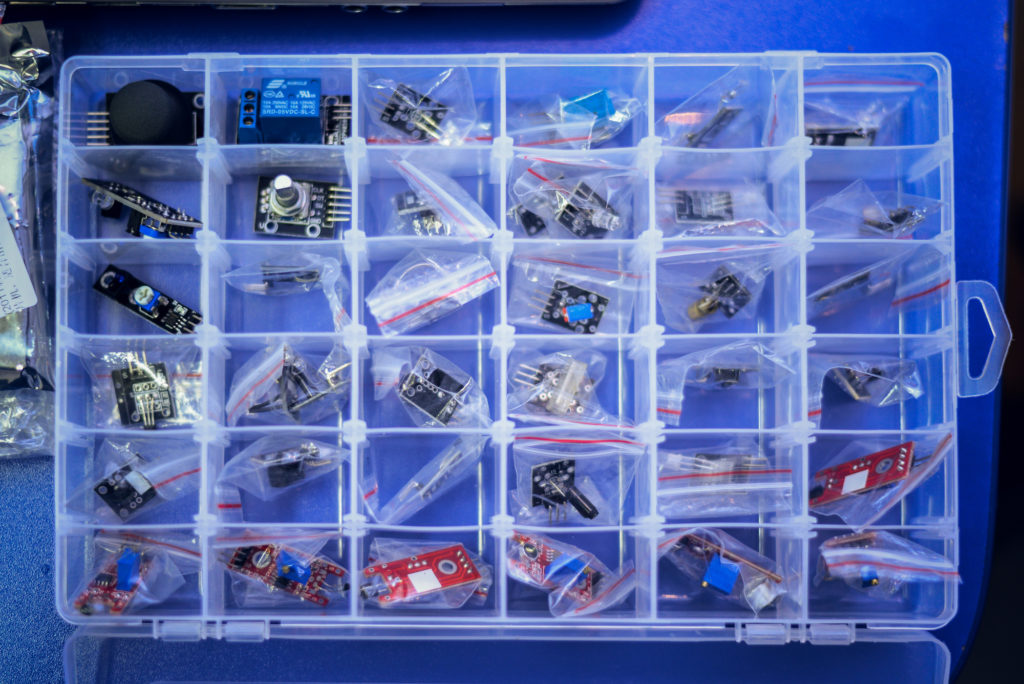
With the help from Kristijan Tkalec (BioTehna) participants will submerge into a collection of sensors and use Arduino microcontrollers to assemble new devices, which will help them to sense the surroundings more efficiently. The node is open to all aspiring explorers who want to familiarize themselves with the basics of programming, Arduino use and sensors. The goal will be to make as diverse and interesting little exploration devices as possible. They will be used for tracking temperature, humidity, the UV safety according to the UV index, the amount of carbon dioxide and so forth. The most interesting specimens will be recreated in the workshop for children, which will take place on PIFcamp’s Open Saturday.
Prepared circuits
Project Prepared circuits by Staš Vrenko is based on the creative and individualized exploration of the basic principles of sound circuit integration and connectivity. Taking a hands-on approach the participants will therefore be able to familiarize themselves with the concepts of non-linear feedback, logical circuits, circuit bending and physical sound processing.
In the first part of the project participants will assemble the electroacoustic instrument and tool for the physical manipulation of sound Soda v0.5b.
Soda v0.5 is a semi-modular instrument with several inputs and outputs, which enable intervention into the circuit’s signal path. This signal starts with a jack input, which can be used for plugging a contact microphone, a synth, a guitar magnet and so forth. We can then amplify the signal, filter it and much more. What follows is a voltage controlled oscillator (VCO), which is turned into a live ramp waveform according to the range of the signal’s amplitude. In the circuit’s output phase the signal physically manifests itself in the form of a line output and an internal power amplifier which powers the speaker.
In the second part of the project participants will add various external circuits and physical contraptions for sound manipulation to the device. They will be chosen on the basis of personal musical/sound preferences.
The expansion process of the formal and consequentially functional features of the basic instrument will therefore serve as a possibility of the further individualization of instruments and sound generators.
Piezo invasion of integrated circuits by Anton Prykhodko
Ever been wondering how to use a contact mic with your DIY synthesizer? Say, as a trigger for the envelope generator or as an impulse to the resonant low-pass filter? If you think of contact microphones in modular fashion, this is just a pinch of what they are capable of.
Piezo electricity is there to be a transducer, the medium between electronic and acoustic domain. Meaning the piezo disc can pick up vibes as well as vibrate itself like a regular speaker. When both of these functions get together – with one mic listening to its own electrical signal from another mic – you get feedback which is nothing but an oscillator.
The contact mic also allows building processing units from solid materials. Turn slinky into a spring reverb effect, make a crumpled plastic case into a band-pass filter, boost the lows with a balloon equalizer or let piezo itself, considering its high voltage output, drive the op-amp overdrive unit.
Anton Prykhodko will spawn a plethora of contact microphones to explore interaction between electronic and piezoelectric circuits. To get all those squeaks and creaks he will plug sound modules into a mixer matrix with multiple outputs and feedback paths.
P/i\Fcamp Solar Power Plant
The goal of this project by Staša Guček will be to create small, efficient, portable solar power plant from plants for all noise fans, hikers and hackers. P/i\Fcamp Solar Power Plant will be able to power a microcontroller, LED lights controlled by touch or maybe even a small noise machine, synth, theremin to noise away in the forest or on the mountain top.
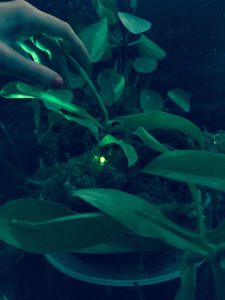 P_lant (or Microbial) F_uel C_ell will be the source of electrical energy which will with boost converter power different preprogrammed microcontrollers or other devices.
P_lant (or Microbial) F_uel C_ell will be the source of electrical energy which will with boost converter power different preprogrammed microcontrollers or other devices.
First we will jump into the forest undergrowth of the valley where Soča River flows and gather moss, plants and suitable soil which will be our base for microbial fuel cell (MFC). Microbial fuel cell is one of the renewable energy alternatives that generates electricity through breakdown of organic matter. Plants always produce more sugars than they need and the excess is released through their roots into the soil and dissolve into protons and electrons, therefore MFC system with electrodes in the soil can catch the plant waste.
In the next step we will built simple low-power boost converter, therefore we will be able to get enough energy to power microcontrollers. Later we will have to show (off) our programming skills in Arduino, program microcontrollers (ATtiny) and make this plant-moss-light installation interactive, sensitive to touch or use it as a battery for our synths and other instruments.
Last part will be for optimisation of the P/i\Fcamp Solar Power Plant, so that it will be wearable and portable (and we can hike to nearest mountain and make some noise above 2.000 m.)
Oscilloscopics with Bernhard Rasinger
Bernhard Rasinger will join PIFcamp for the first time to come and play with modular synth circuits, oscilloscopes and lasers. There will be basic analogue oscilloscope training to visualise sounds and other electric signals in real time. Once you are acquainted and are all tangled up in a knot of cables, it is time to let the electrons fly. The dance of signals will take you on a journey, where sine- triangle and square waves are your travel companions. The oscilloscope will tell you little stories about the circuits you are probing.
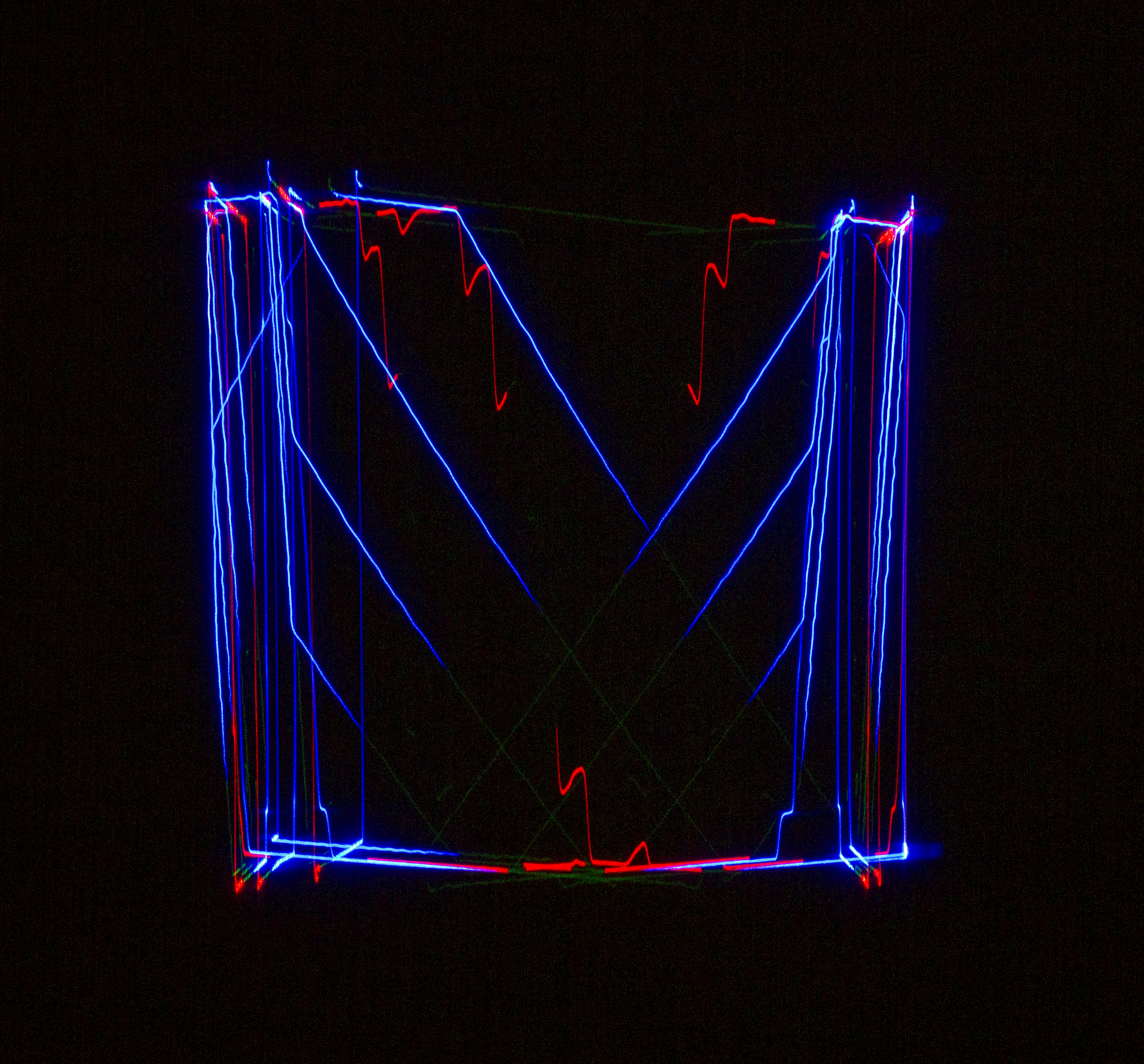
With the help of the oscilloscope you can visualise behaviour of electric architectures and enjoy the magical beauty of the electronic maze.
We will talk about obsolescence, alternative energy sources and phase modulation.
As a personal goal Bernhard will try to hack and modify existing circuits and improve the vocabulary of performance. There will be highly hypnotic audiovisual laser performances in complete darkness and laserjams.
DIY aerial mapping by Cindy Regalado
In this two-part series of workshops participants will learn the art and science of DIY aerial mapping using kites: fly a kite, map an area of land, learn how to make a composite aerial photograph using MapKnitter.org, how to interpret and use aerial photos, and learn from examples of how DIY mapping has been used around the world by the Public Laboratory for Open Technology & Science community.
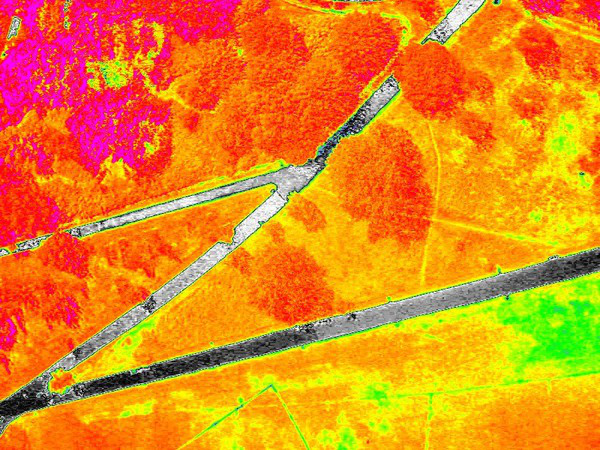
In Do-It-Yourself aerial mapping Part 1 we’ll learn how to use kites to gather aerial photographs over the surrounding area. We’ll use both an ordinary camera and a DIY Near Infrared (NIR) camera to capture data on plant health. No prior experience required!
What to bring: wind breaker as protection from the elements; sunglasses (we’ll be staring up at the sky a lot!); sunscreen and/or hat (that won’t fly away!); a water bottle; a notebook; a camera (on phone works) to document our adventure. Optional: an SD card to collect your own photos.
In Do-It-Yourself aerial mapping Part 2 (indoors) we will learn how to stitch together and interpret the images that we collected in Part 1 of the workshop. Bring your laptop.
Cindy Regalado is part of Public Laboratory for Open Technology & Science: a community that develops and applies open source tools to environmental exploration and investigation. As an open community of contributors from around the world, they collaboratively build a set of experimental open source tools and a network of local groups. They are creating an open data archive and free and open source software (from map making to spectral analysis). The platform publiclab.org helps them to build collaborations, practical knowledge, and provides organisational capacity.
